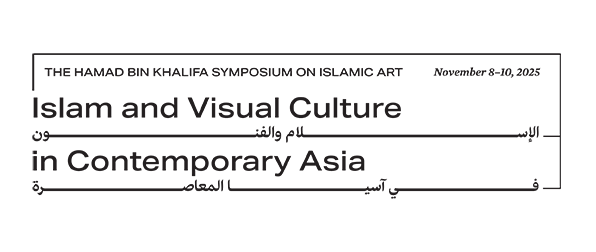Tarek Al-Ghoussein, Abu Dhabi Archipelago (Hami Rohah Gassar), 2015, Digital Print, 60 x 80 cm Edition of 6 + 1AP. Courtesy of the Artist and The Third Line, Dubai


Tarek Al-Ghoussein, Abu Dhabi Archipelago (Jubabibat), 2015, Digital Print, 60 x 80 cm Edition of 6 + 1AP. Courtesy of the Artist and The Third Line, Dubai
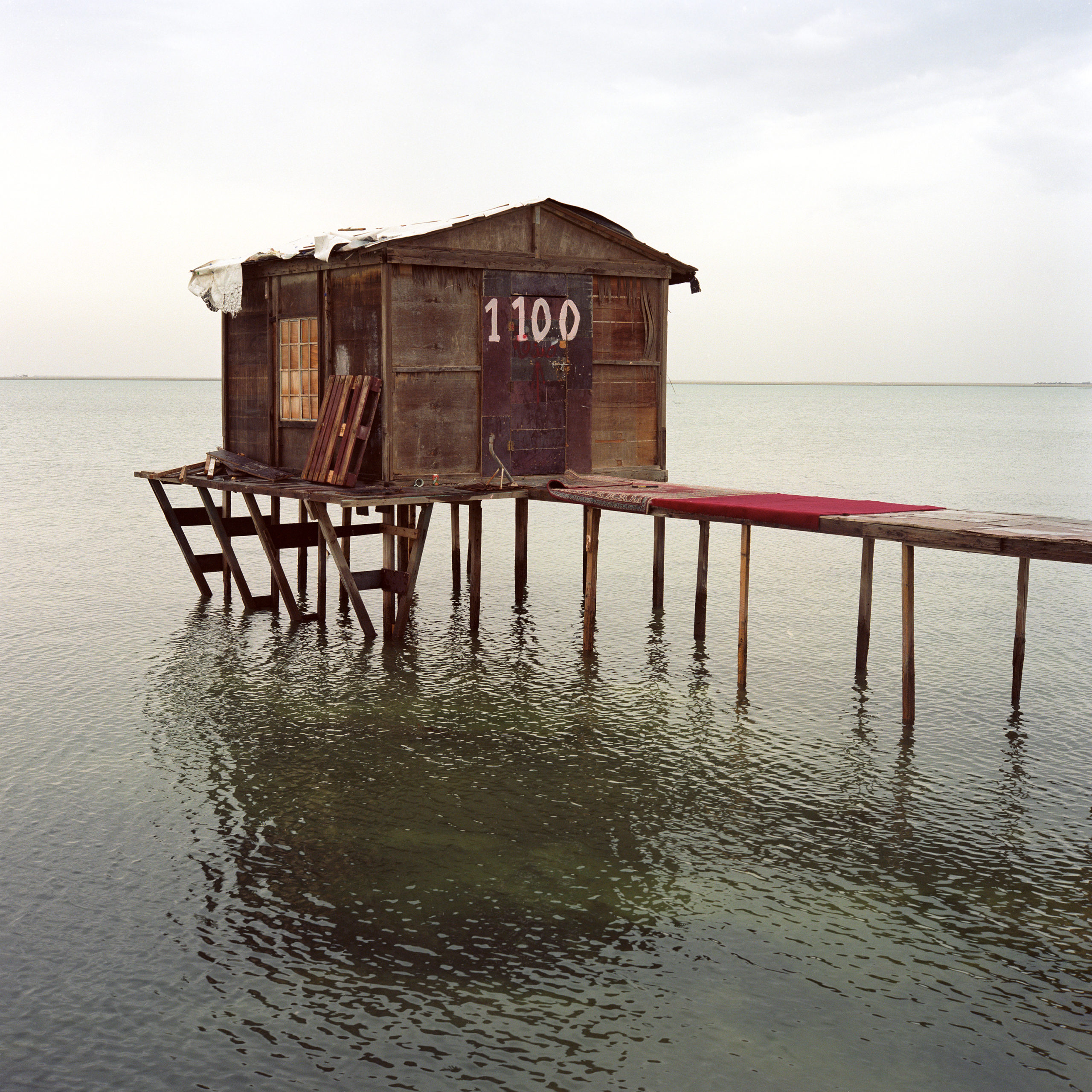
Camille Zakharia, Hut 9 Samaheej, Muharraq Bahrain, Coastal Promenade, 2010
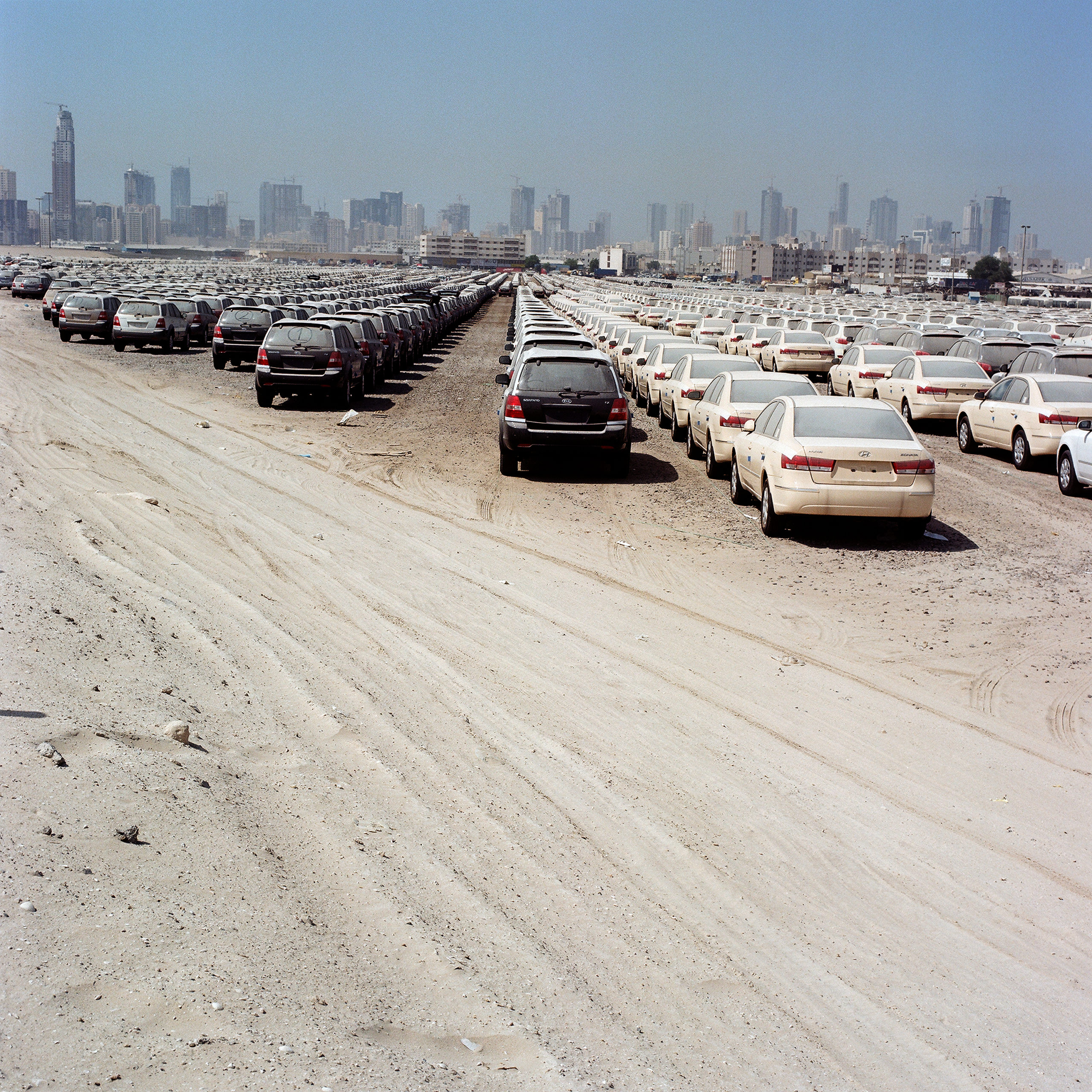
Camille Zakharia, Urban Landscape Industrial Area 9, Sharjah UAE, Sharjah History Images, 2008
Landscapes of Arabia: Camille Zakharia and Tarek Al-Ghoussein
VCUarts Qatar Gallery
Curated by Jochen Sokoly
The exhibition “Landscapes of Arabia” takes its title from a seemingly romantic notion of a landscape that was shaped by European scholars and travelers as far back as the 18th century up to the mid-20th century. To mind come the literary work of Carsten Niebuhr a German cartographer in the service of the Royal Danish Arabia expedition (1761-67), the works of Gertrude Bell (1868-1926), and the memoirs of Wilfred Thesiger (1910-2003). Aesthetically the views of landscapes in paintings and prints of David Roberts (1796-1864) and Edward Lear (1812-88) brought views of Arabia to a European audience hitherto more acquainted with Italy and Greece, or even India. The notions of a serene overbearing landscape inhabited by noble Bedouins have persisted to the present day, albeit in altered form. Today it is the utopian cityscapes of the Arab countries of the Gulf and their riches gained from oil exploration that spurn the Global mind. Images of gigantic construction and the lure of ever-flowing luxury perpetuated by the media have brought these tiny countries to global attention, while much of the rest of the Arab world is embroiled in social, religious and economic struggle and several wars have devastated century-old communities and their livelihoods. Yet, the gleaming images of Arabia perpetuated in popular media today are only part of the story. It is here that the works of Camille Zakharia and Tarek Al-Ghoussein provide a counterbalance, documenting a side of the modern Gulf states with a sense of realism rarely seen.
Camille Zakharia, a Canadian-Lebanese photographer whose work has documented his life’s migration from his Lebanese homeland across Europe, North America and his present home in Bahrain, looks at the landscapes of his journey, sometimes reconstructing them as spaces of his own memory and longing for a home, often reflecting on the people that accompanied him along the way. Most of the works in the current exhibition, selected from several series representing his time as an artist working in the Gulf since the 1990s are reflections on the rapid changes in both environment and society that he has experienced in this region. They speak of massive urban development and the human response to it, the loss of traditional lifestyles and the quest to redefine belonging amidst massive change.
Tarek Al-Ghoussein, born in Kuwait to Palestinian exiles, spent part of his youth in the United States, Morocco, and Japan and has worked in the United Arab Emirates for the last twenty years where he has recorded and reflected on the massive changes taking place there. His photographs depict abandoned spaces and deteriorating buildings and objects that are often in the process of decay and near extinction. Al-Ghoussein examines traces of human presences, preserving narratives of the spaces and their former inhabitants, but at the same time looks at his own place within these spaces and the processes of fleetingness that they represent, exploring how identity is shaped within a context of inaccessibility and loss. The works chosen for the exhibition are selected from the series Odysseus, named after the hero of Homer’s epic poem of the Odyssey, where Al-Ghoussein sets out to document the 215 islands off the coast of Abu Dhabi. In his photographs the artist is often seen interacting with the landscapes he records, sometimes creating situations full of absurdity. As the process of recording the islands has been marred by bureaucracy to visit these often remote places Al-Ghoussein has persistently tried to return and continue documenting them, and the story of his journey is much like that of Odysseus’s about his homecoming as much as his journey.
Both artists reflect on the sense of loss and belonging through their works through a discourse with the environments with which they interact. They are both chroniclers of massive human interventions in these environments, while neither make value judgements about them. They exhibit a bizarre beauty far removed from the romanticism with which the idea of Arabia still exists in the minds of those who only know the region from the global media or from fleeting visits as tourists. Within the symposium the exhibition will create a space of discourse on the larger issues of environmental change from the perspective of two photographers who have been witnesses to monumental change in the Arabian nations of the Gulf.
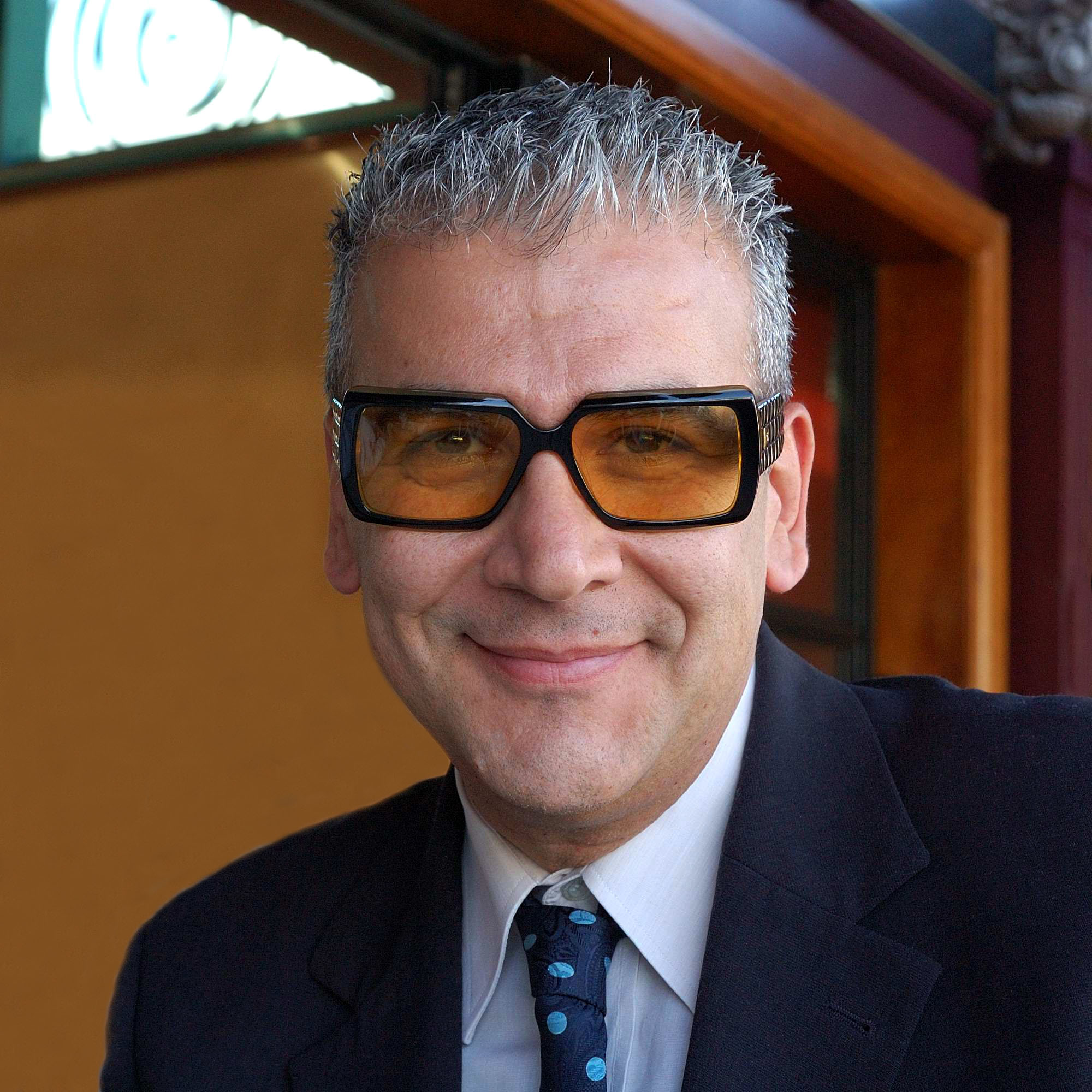
Camille Zakharia graduated with a Bachelor of Fine Arts from NSCAD University Halifax Canada in 1997 and a Bachelor of Engineering from the American University of Beirut in 1985. Using photography, photomontage and collage, Zakharia makes work about identity and displacement, reflecting his own life journey. His work has been shown at the Venice Art and Architecture Biennales in 2010 and 2013, winning the Gold Lion with Bahrain in 2010. He also exhibited at the Victoria & Albert Museum, Canadian Museum of Civilization, FotoFest 2014, Musee du Quai Branly, Albert Kahn Museum, Art Gallery of Nova Scotia, Florida National Museum, Wichita Center for the Arts, Sharjah Museum of Islamic Civilization, Chobi Mela, Sharjah Biennale, Ithra Cultural Center and National Museum of Bahrain. Zakharia’s works are part of the public collections at LACMA, Canadian Museum of Civilization, Victoria and Albert Museum, Musee Suisse de l’Appareil Photographique, Clarinda Carnegie Museum, Wichita Center for the Arts, Ithra Cultural Center, National Museum of Bahrain, Barjeel Art Foundation, Jameel Foundation, Dubai International Financial Center, Sh. Ebrahim Bin Mohamed Al Khalifa Center of Culture & Research, and Art Gallery at Saint Mary’s University.
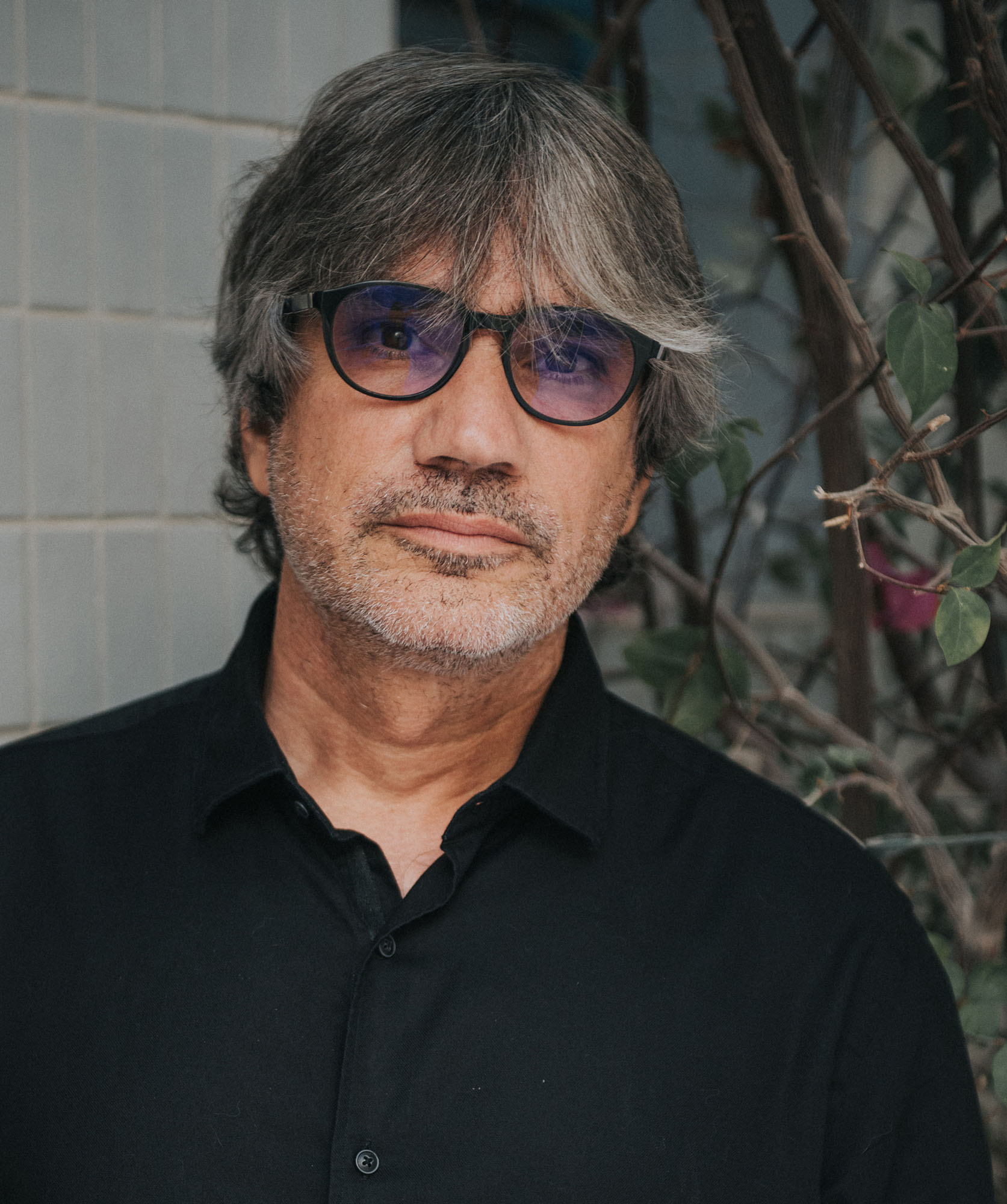
Tarek Al-Ghoussein is a Professor of Visual Art and Director of the new MFA program at NYU Abu Dhabi. His solo shows include Odysseus, The Third Line Dubai (2021) and warehouse 421, Abu Dhabi (2019); Al Sawaber, The Third Line, Dubai (2017); K Files, CAP Kuwait (2017); K Files and Sawaber Series, Nevada Museum of Art (2016); K Files, The Third Line, Dubai (2014); E Series, Kalfayan Galleries, Athens (2011); and A Retrospective: Works from 2003-2010, Sharjah Art Museum (2010). His work has been shown in group shows including Theatre of Operations, MoMA PS1 (2019-2020); Negotiating The Future: 6th Asian Art Biennial, National Taiwan Museum of Fine Arts (2017); The Creative Act: Performance, Process, Presence, Guggenheim Abu Dhabi (2017); The 15th International Biennial of Photography and Photo-related Art, Houston (2014) ; Lost in Landscape, Museo di Arte Moderna e Contemporanea di Trento e Rovereto, Italy (2014); Photoquai, Photography Biennial, Paris (2013); From Palestine with Hope, Art Space, London (2013); Safar/Voyage, Museum of Anthropology, Vancouver (2013) and The National Pavilion of Kuwait 55th Venice Biennale, Venice, Italy (2013). Al-Ghoussein’s works are collected by museums worldwide including the Solomon R. Guggenheim Museum, the Freer Sackler Gallery of the Smithsonian, the Nevada Museum of Art, Victoria and Albert Museum, the British Museum, the Royal Museum of Photography in Copenhagen; the Mori Art Museum in Tokyo; the Arab Museum of Modern Art in Doha; the Sharjah Biennial Collection, and the Abu Dhabi Music and Arts Foundation.
